Download of VM virtual machine and install centos7
[* VM*ware Workstation](http://www.baidu.com/link?url=7cTWK8dlSbdxvnmbF1T1JpD_lkLwTIL1HLmMDda_U4JGefdlxZgNf2b2mig2BQO7O77DN1Ktz67Kr5M3FKWm6id300=55af7000075283 can be downloaded directly from Baidu)
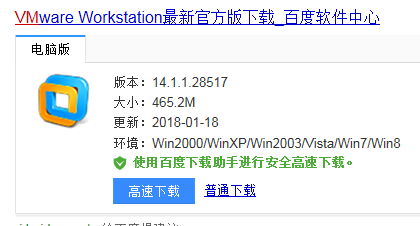
centos7 download address:
64 Bit: http://mirrors.sohu.com/centos/7.4.1708/isos/x86_64/CentOS-7-x86_64-DVD-1708.iso
32 Bit: http://mirror.centos.org/altarch/7.4.1708/isos/i386/CentOS-7-i386-DVD-1708.iso (Try to choose 64-bit download)
- VM installation
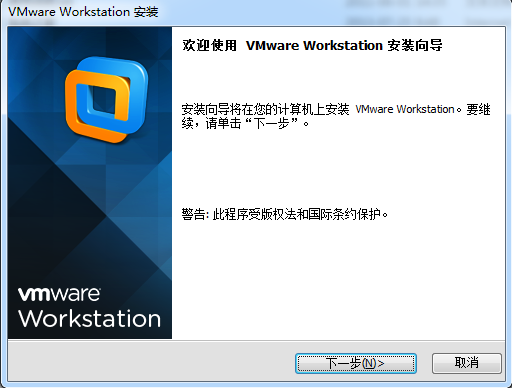
Accept the agreement directly
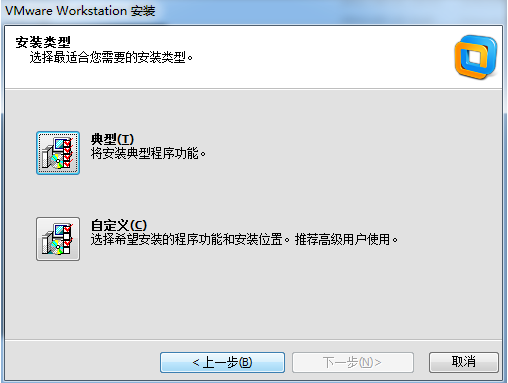
Choose the installation type: Custom installation, choose the installation path.
Select the shared virtual machine directory, the next step
No need to update, uncheck, click Next.
Uncheck the user experience, click Next, then Next, continue,
Enter the license key. (The secret key can be directly Baidu)
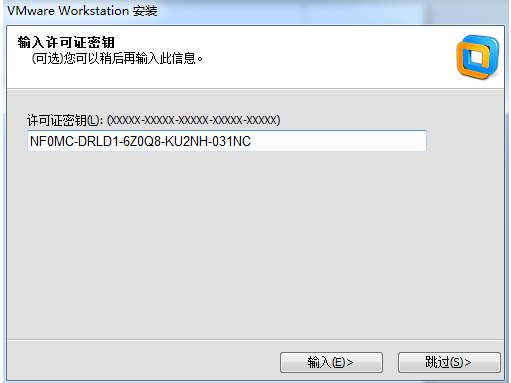
Install centos7.4
Open VMware Workstation
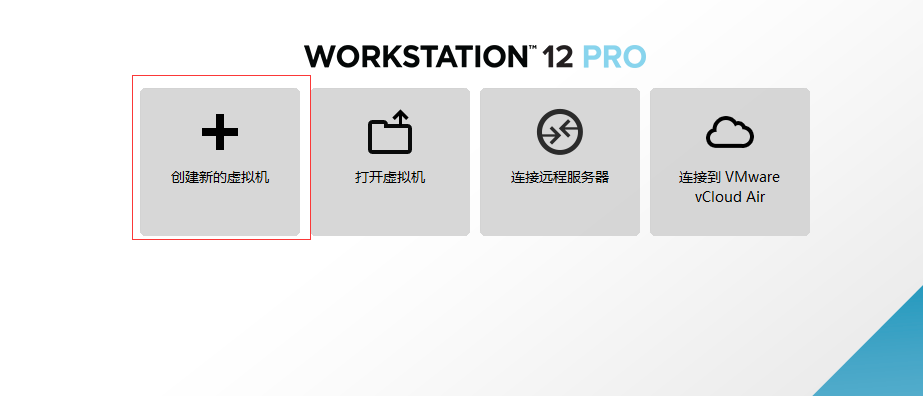
Click to create a new virtual machine
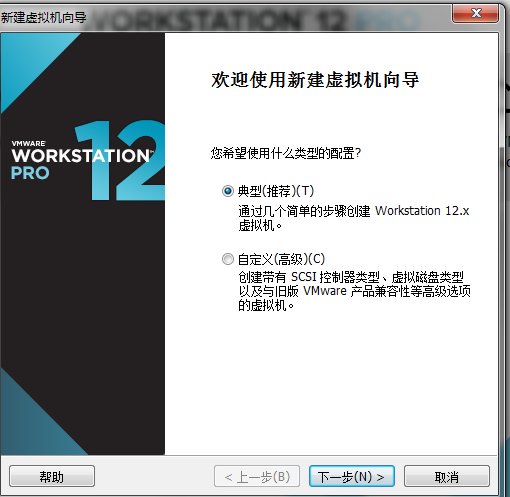
The next step is fine
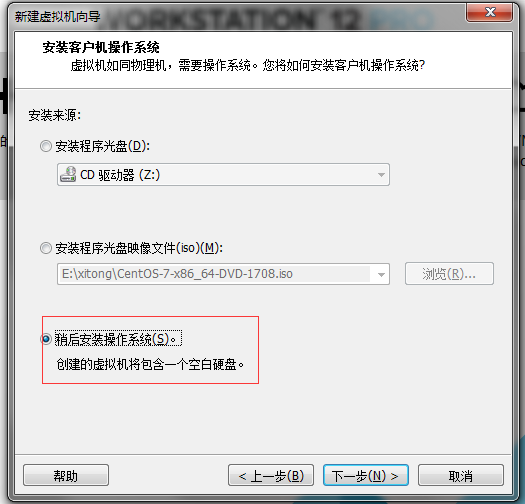
Here choose to create a blank hard drive
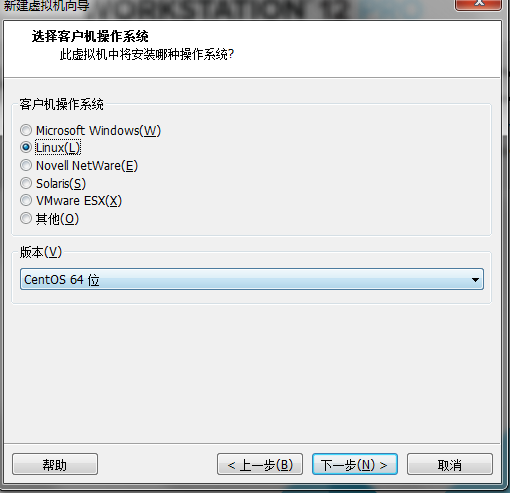
Then proceed to the next step
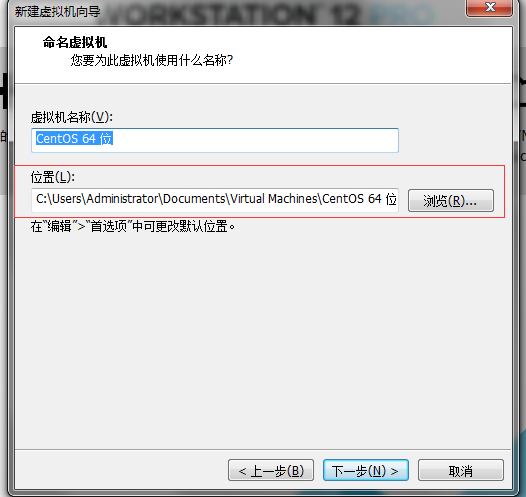
You can change the path of the system you need to install here
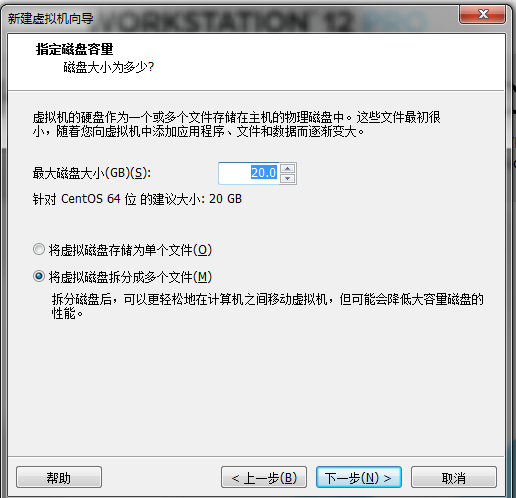
Specify the size of the disk

carry out
Then continue to install centos7
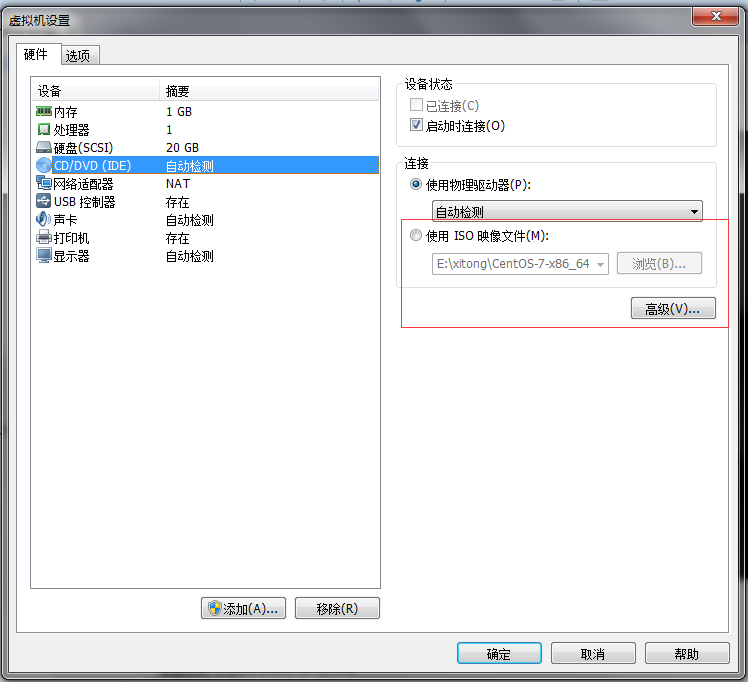
Select the file you downloaded Centos7 and confirm directly
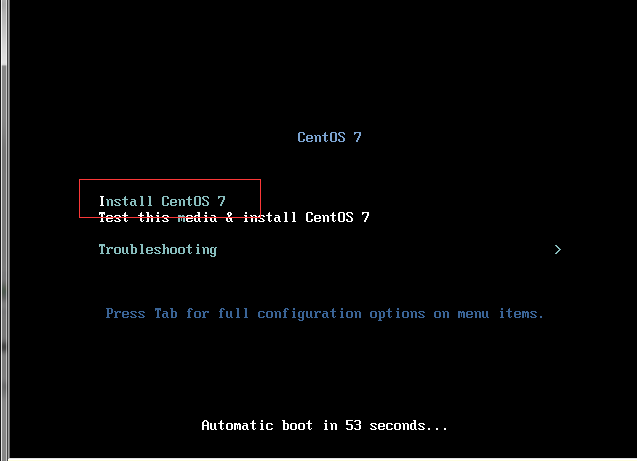
Enter the installation interface, select the first one, you can use the arrow keys to move up and down
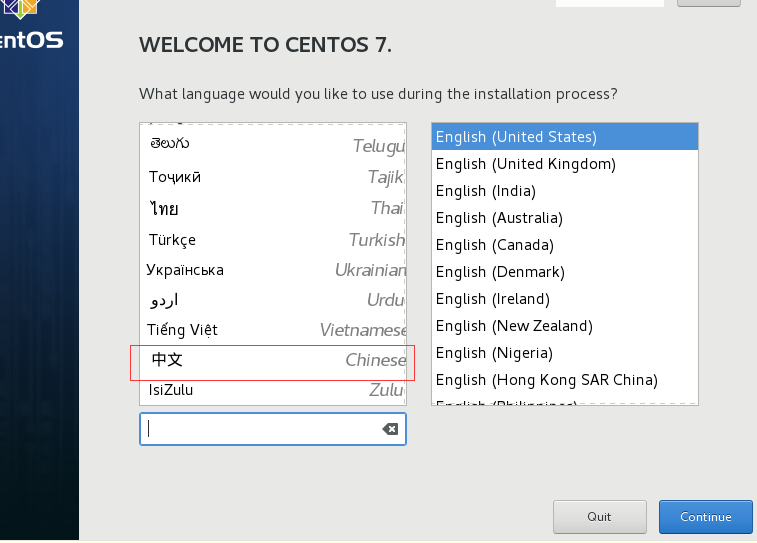
You can directly use the mouse to pull down and select Chinese and then continue (of course you can choose English or other languages)
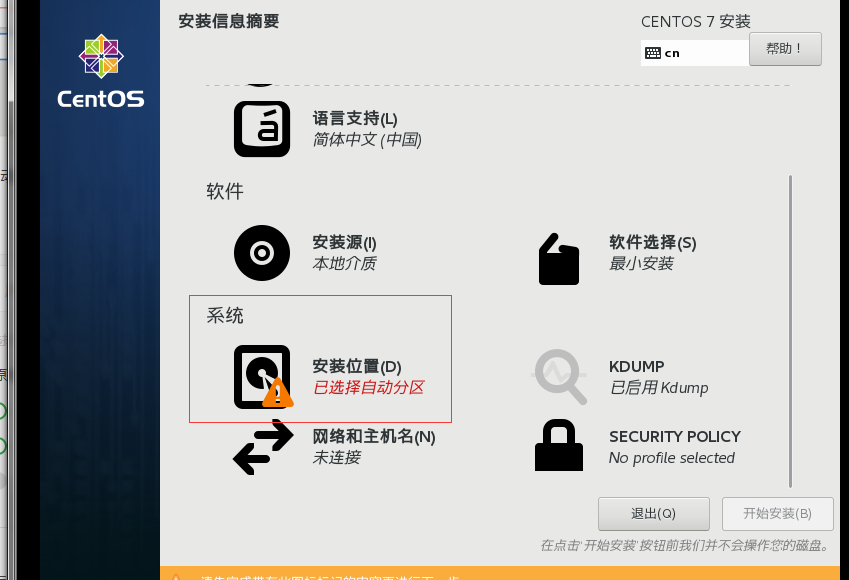
This interface is mainly to select the partition of the disk installation location
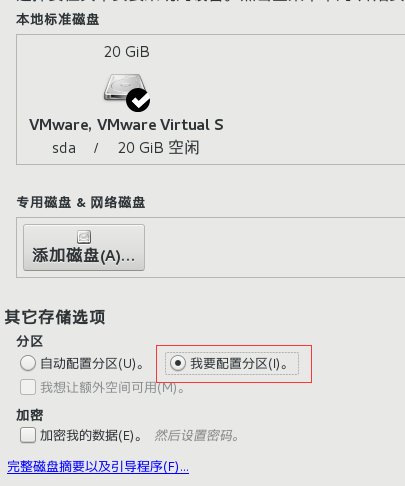
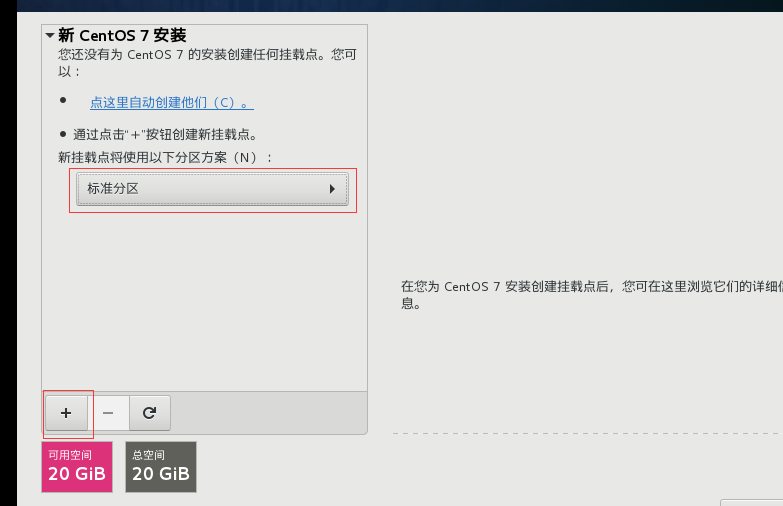
Beginners can use standard partitions
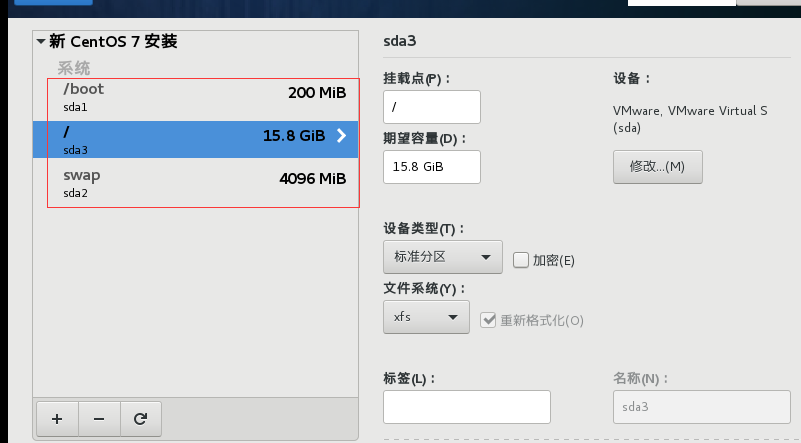
Partition format: a) /boot 200M b) swap 4096M c) / The remaining space /boot is the system boot file, swap is the swap partition, generally divided into 2 times the memory, if the memory is greater than or equal to 4G, swap is divided into 8G, because Too much is also a waste of disk space, / partition remaining space
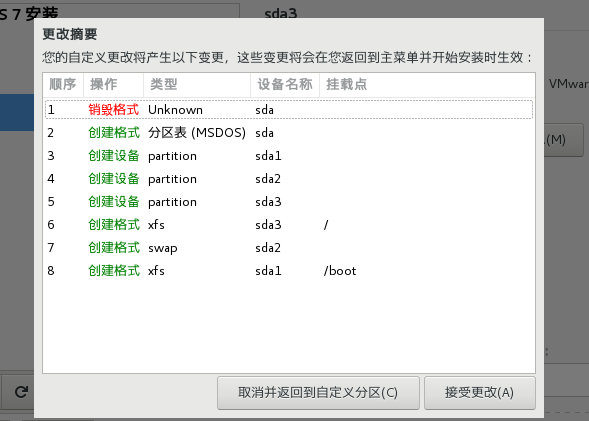
Just accept the changes
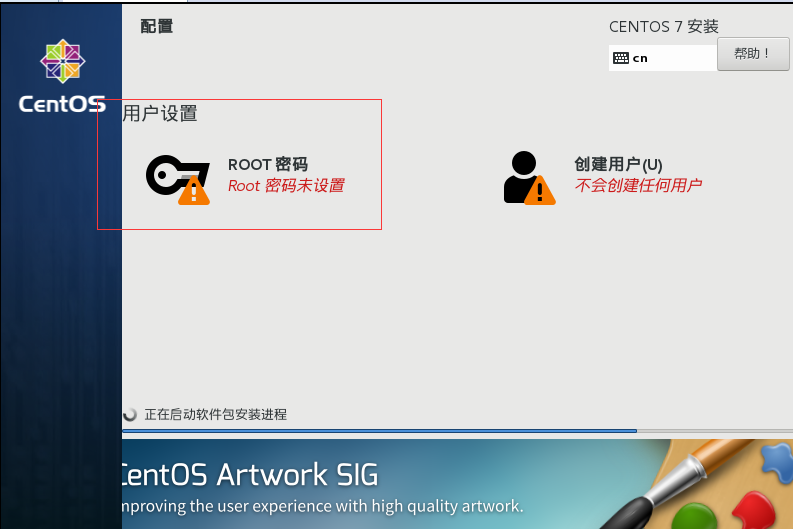
Just set the ROOT password

Restart directly to this interface to show that your centos7 has been installed.
Supplement: virtual machine network selection (priority to NAT mode)
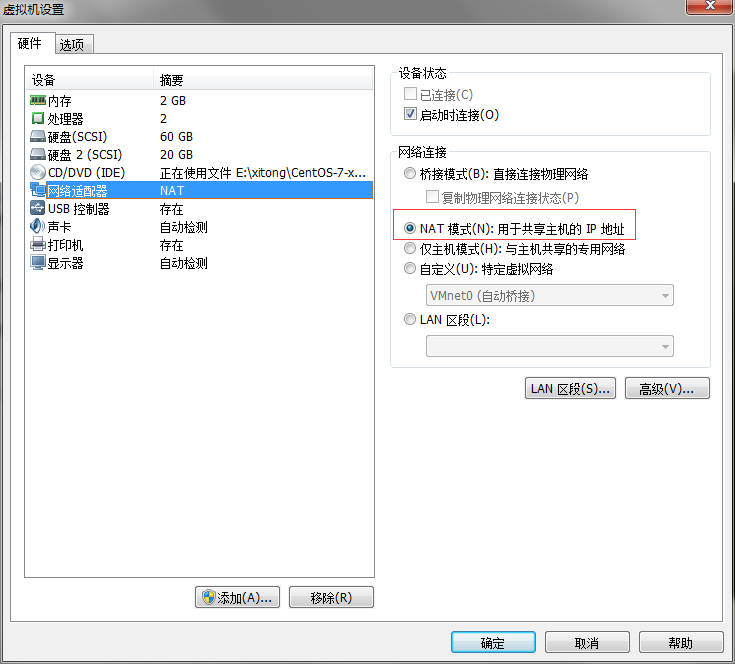
Recommended Posts